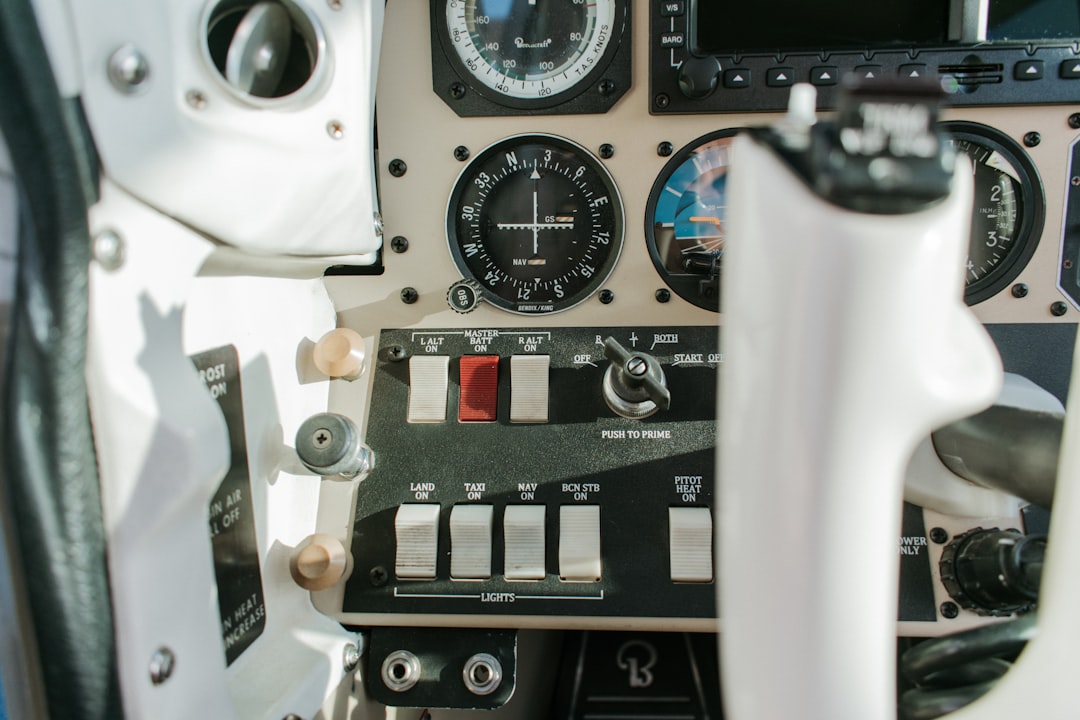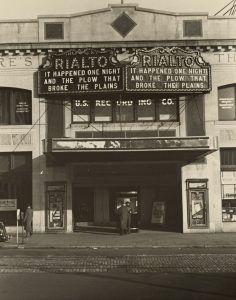Logo Placement Patterns: Hero, Navbar, and Footer
5 min read
When designing a website, one of the most subtly influential decisions is where to place the brand logo. Though it may seem minor, the logo’s location has a direct impact on user perception, navigation experience, and overall brand recognition. There are three common placement patterns used by designers: the Hero, the Navbar, and the Footer. Each placement has strategic uses and provides unique benefits depending on the goals of the website and the behavior of its users. Understanding how and when to use these placements can significantly enhance site usability and brand visibility.
TL;DR
The position of a logo on a website affects branding and user experience. The Hero placement emphasizes visual identity on landing pages, while the Navbar placement ensures recognition during navigation. Footer logos contribute to site cohesion and professionalism at the bottom of content pages. Depending on business goals, combining these placements can create a well-balanced and memorable user journey.
1. Hero Placement
The Hero placement refers to putting the brand logo prominently in the main visual section of the homepage — usually referred to as the “hero section.” This area immediately catches the visitor’s attention and sets the tone for the entire site. A logo placed here is often larger than in other areas and is part of a strong visual, sometimes accompanied by a tagline or mission statement.
Key benefits of Hero logo placement include:
- Immediate brand recognition: It makes a strong first impression and conveys the brand’s identity at a glance.
- Design-centered storytelling: This placement integrates with images and headlines to create a compelling narrative.
- Ideal for landing pages: Especially useful for campaigns and homepages where users are introduced to the brand.
However, relying solely on Hero placement can pose challenges if the logo is not repeated in navigational sections. Without additional placements, users may forget or question the brand identity as they scroll or visit subpages.

2. Navbar Placement
The Navbar logo placement is the most common and recognized pattern across websites. Here, the logo is positioned in the site’s navigation bar, typically on the top-left corner. This placement adheres to web usability conventions and aligns with expectations from millions of users accustomed to this standard experience.
Main advantages include:
- Consistency across pages: Since navigation bars are persistent, the logo remains visible on every page.
- Navigation clarity: Clicking the logo often returns users to the homepage, offering a familiar action point.
- Responsive design compatibility: Works well on both desktop and mobile screens and adapts cleanly in collapsible menus.
This type of placement prioritizes functionality and visibility. However, it does not always allow for large, expressive designs and is often more subtle compared to hero placements.

3. Footer Placement
The Footer logo placement occurs at the very bottom of web pages. It’s a reinforcing element that comes into play after users have digested content. Though less prominent than other locations, it adds to the professionalism of a site layout and signals brand closure or authority at the end of a visitor’s journey.
Strategic advantages include:
- Brand reinforcement: Useful for reminding users of the brand after content engagement.
- Completeness: Adds symmetry and removes awkward blank space in the footer area.
- Mobile convenience: On long-scroll websites, placing the logo in the footer provides a natural ending point for the mobile user experience.
While less visually assertive, footer logos indicate thoughtful design. They are especially effective on informational or content-heavy pages like blogs and documentation sites.
Combining Logo Placements
Many modern websites strategically combine placements to maximize brand impact and engagement. For example, a site might feature a large hero logo on the homepage, maintain a smaller logo in the navbar across subpages, and display a monochrome version in the footer. This layered approach ensures that the brand remains front and center, without overwhelming visual hierarchy.
Tips for combining placements:
- Use a scalable SVG or responsive PNG logo to ensure optimal display across sizes.
- Maintain visual consistency: color schemes, logo variations, and proportions should be coordinated.
- Ensure that logos placed in different sections serve context-specific purposes — bold for Hero, functional for Navbar, simplified for Footer.
Responsive Design & Accessibility
Regardless of where the logo is placed, responsive design and accessibility should be key considerations. Logos need to be legible on all screen sizes and viewable with assistive technology like screen readers. This includes using alt text for all logo images, ensuring contrast standards are met, and keeping logos within predictable areas for screen navigation.
A/B Testing and Logo Performance
Organizations often perform A/B testing to determine which logo placements lead to better engagement and brand retention. For example, some brands notice higher click-through rates when the logo remains fixed in the navbar. Others find larger logos in the hero section increase brand perception during first-time visits. Data from user heatmaps and behavior analytics can inform which placement resonates best with audiences.
Industry Examples
Tech companies like Apple and Google stick with minimal Navbar logos to keep the focus on content and functionality. Startups and creative agencies often opt for expressive Hero logos as part of their pitch. Meanwhile, news outlets and educational platforms utilize all three placements to maintain clarity and hierarchy regardless of where the user lands.

Conclusion
Logo placement is more than a mere aesthetic choice; it plays a foundational role in guiding users, communicating identity, and creating trust. Whether placed in the hero section, the navbar, or the footer, each pattern brings tactical advantages based on user expectations and business objectives. Ultimately, the most effective logo strategies are those that align functionality with brand storytelling — ensuring that design is both beautiful and purposeful.
FAQ
- Q: Which logo placement is best for a new brand?
A: A hero placement is often ideal for new brands because it commands visual attention and helps establish identity quickly. - Q: Should the logo be the same in all placements?
A: Not necessarily. Variants of the logo can be used — such as a full-color version in the hero section and a simplified or monochrome version in the footer. - Q: Can I omit the logo from the footer?
A: Yes, but including it may improve brand retention and contribute to a more polished appearance, especially on long pages. - Q: What’s the best logo format for responsive sites?
A: SVG is generally the best format due to its scalability and small file size. - Q: Is there any SEO value related to logo placement?
A: Indirectly, yes. A logo that helps with navigation and engagement can reduce bounce rates, thus positively affecting SEO metrics.


